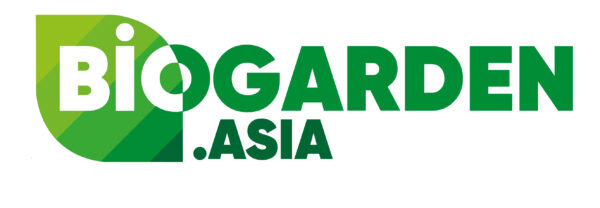No products in the cart.
NEWS
Improving management of banana pests and diseases
Proper management of banana pests and diseases starts with the careful selection and handling of pest and disease free and, where possible, resistant planting materials. The right cultivars and varieties should be selected with respect to the disease problems prevalent in a given location. Some cultivars are resistant to certain diseases like Cavendish and highland cooking bananas, and varieties like FHIA 17 (Cavendish variety), FHIA 23 (Gros Michel variety) are resistant to the devastating Fusarium wilt (Panama) disease. Clean planting materials of superior banana cultivars that are resistant to diseases exist, and can be obtained through local extension officers, research stations or nursery operators (banana tissue culture hardening nurseries). It is highly advisable to plant different cultivars and/or varieties in the banana plantation. In case a variety or cultivar is attacked by certain pests or diseases, then the whole field will not be wiped out.
Bananas are propagated using suckers or corms from the mother plant. Generally, well treated suckers/corms or tissue culture banana plantlets are highly recommended because they are free of pests and diseases. Suckers for planting should be carefully selected and prepared to minimise spread of pests and diseases. They must be obtained from pest and disease free plantations. Sword suckers are preferred because they are usually less infected with nematodes and weevils than bigger suckers.
Recommendations to farmers for preparing planting seedlings:
Planting materials should be prepared in the field from where they are being obtained to limit the transfer of infections into new fields.
- Remove all leaves, outer leaf sheaths, roots, dead parts of the plant and pare the corm (trim off part of the corm) to eliminate weevils, weevil eggs and nematodes. Any brown and black spots that may appear on the corms should also be removed until only white corm tissue remains.
- It is recommended to treat the suckers in order to clean them of any infections. This is done by soaking the suckers in soapy water over night to eliminate weevil eggs and nymphs. Alternatively, the suckers can be treated by soaking the base of the plant in hot water (about 60 °C) for 10 minutes. This will kill all nematodes in the outer layers of the sucker. A 10 % household bleach solution (100 ml of solution in 1 litre of water) is also useful for disinfesting corms. Submerge the base of the suckers into the solution for about 20 minutes.
Treated suckers should be planted within one week to avoid being reinfected.
Recommendations to farmers for planting a banana garden:
- Mark out rows – with a spacing of 3 m by 3 m (10 f x 10 f) to get the proper plant population of 450 plants per acre. This helps to avoid competition between banana plants and limits spread of pests and diseases from one plant to another.
- Dig out planting holes – 60 cm by 60 cm by 60 cm (2 f x 2 f x 2 f) while placing the top soil and subsoil on separate sides of the planting hole. This ensures that during planting, the top soil mixed with manure/compost will be used for refilling the hole.
- Plant bananas at the beginning of the rainy season – so that newly planted plants receive enough water for quick establishment. When planting, do not completely fill the planting hole. Leave a shallow basin of about 1 foot to enhance harvesting water for the young plant. Later during growth, this also provides a conducive environment for producing new suckers away from the mother plant.



